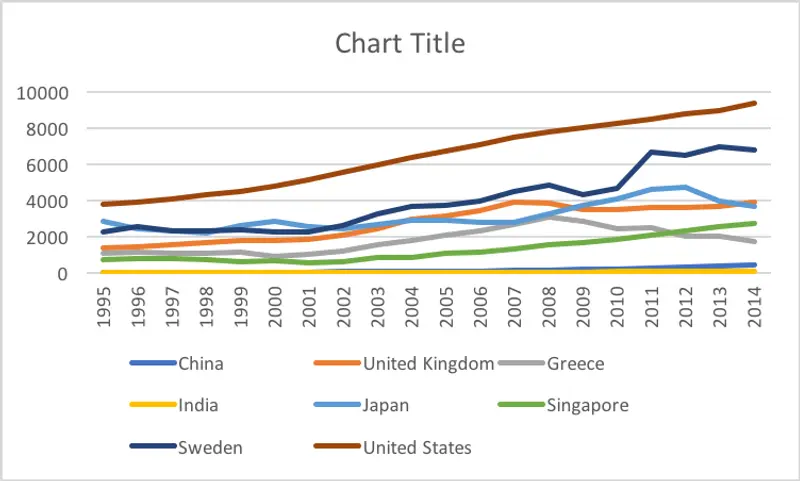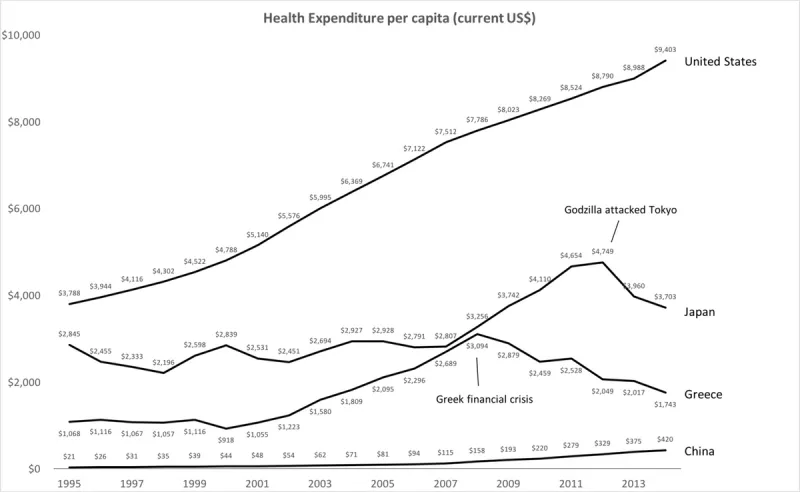
This post is Part II or II of our storytelling series. You can find our first post, “Connecting Dots to Tell Your Story” here.
The same principles that Pixar uses to craft their hit movies like Finding Nemo and Ratatouille can be applied to your own investor updates and pitch. Awesome right?
I recently attended SaaStr and had the chance to see Jason Katz the Chief Storyteller at Pixar and Peter Arai the CEO & founder of Prezi talk about the 3 Parts of Visual Storytelling.
Part 1 – Takeaway Message
What is the message you want to leave with your audience? For finding Nemo it is faith vs fear, but the same concept can be applied for business.
At Visible we encourage you to lead with your true north KPI followed by a big ask. Afterall, Investor Updates are most valuable for the company. Leverage your stakeholders to help make introduce to ideal customers, provide guidance on your go-to-market strategy or source new candidates. With each update you have the chance to leave your stakeholders with a takeaway message, don’t squander it!
Part 2 – Structure and Visuals
How do you structure the visual elements to enhance your story? This could be through framing, data visualizations and more.
In addition, your story should follow a structure of beginning, middle and end. Combing structure & visuals can have a profound impact on delivery your key takeaway. Bonus points if you use the same comparable metrics for each update.
One of my favorite posts around data visualization is, “Remove the legend to become one”. This chart:

Is actually the same chart as this one with the same underlying data. (Make sure to check out the post to see how to get here!)

Proper visuals can make all of the difference right?
Part 3 – Delivery
The final part of visual storytelling comes down to delivery. With your stakeholder updates you want to get your message across as efficiently and effectively as possible. You shouldn’t create more work for your stakeholders to get your key takeaway message.
This is why we make it so our customers can control the delivery of their updates through being rendered in email, to PDF, web and Slack.
Great so now we know the 3 parts of visual storytelling but what value can that have on my business? Well it turns out…a pretty big one.
I recently saw Stephen Day from Navidar present at an offsite around M&A, specifically around how to get the best price for you company. He broke it down into this brilliant and simple equation:
Price = Value + (Compelling Story + Competitive Process)^Evoking Emotion
To break this down. Value is the fundamental value of your business. This could be a discounted cash flow analysis to find your valuation.
Related resource: Discounted Cash Flow (DCF) Analysis: The Purpose, Formula, and How it Works
However, you can clearly see how your story and ability to evoke emotion can generate a much higher price than your fundamental one.
This doesn’t just apply to valuation. This can be the pricing of your own product or service as well. The best brands are the best storytellers and they typically elicit the highest price.
Craft your own framework and tell your story. Sign up to Visible today to get started.
Up & to the right,
Mike & The Visible Team




